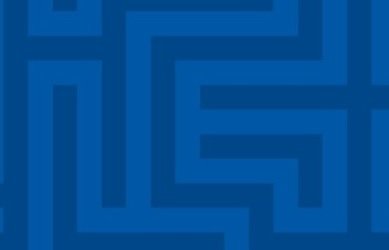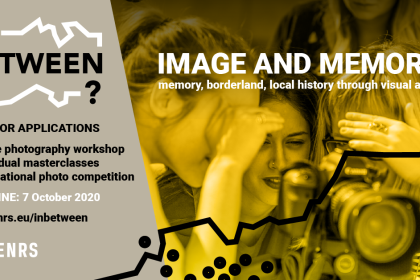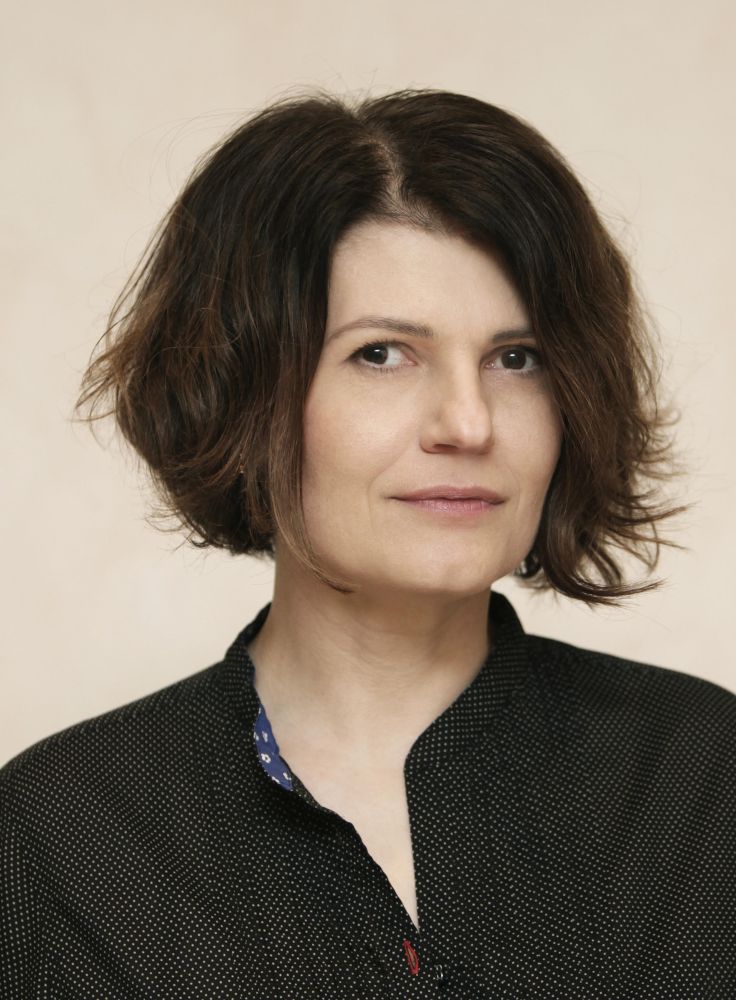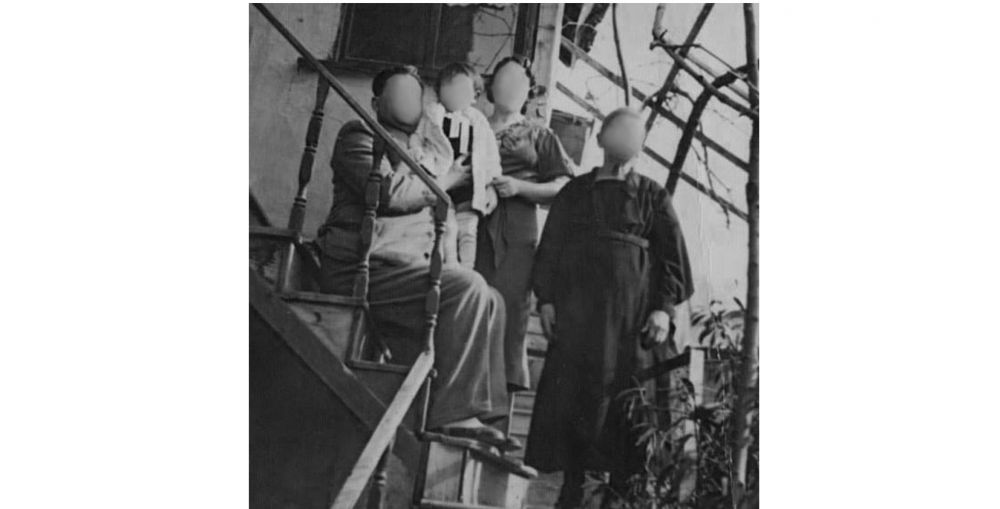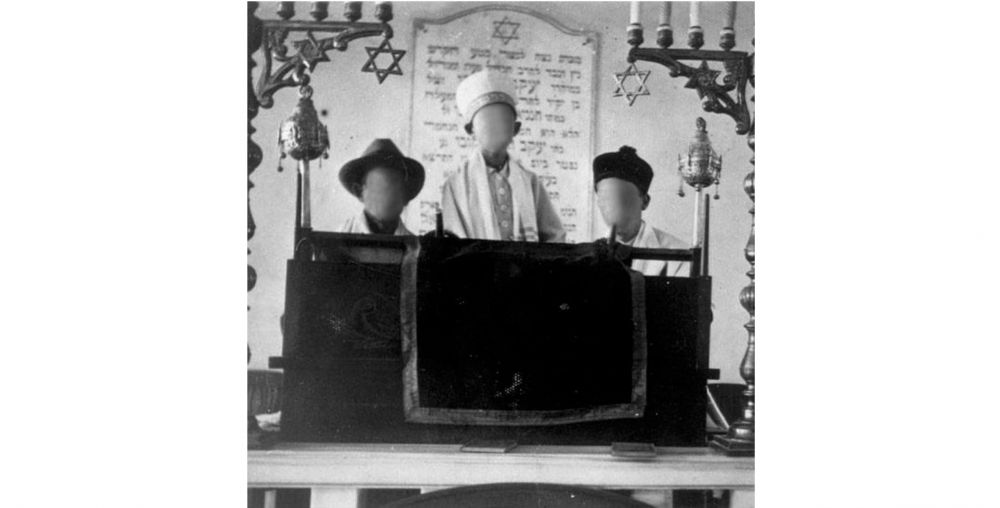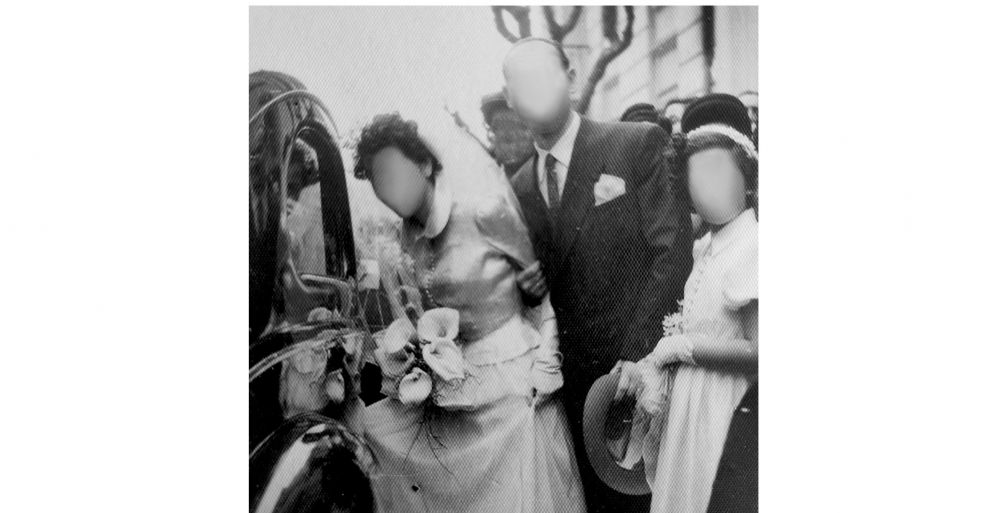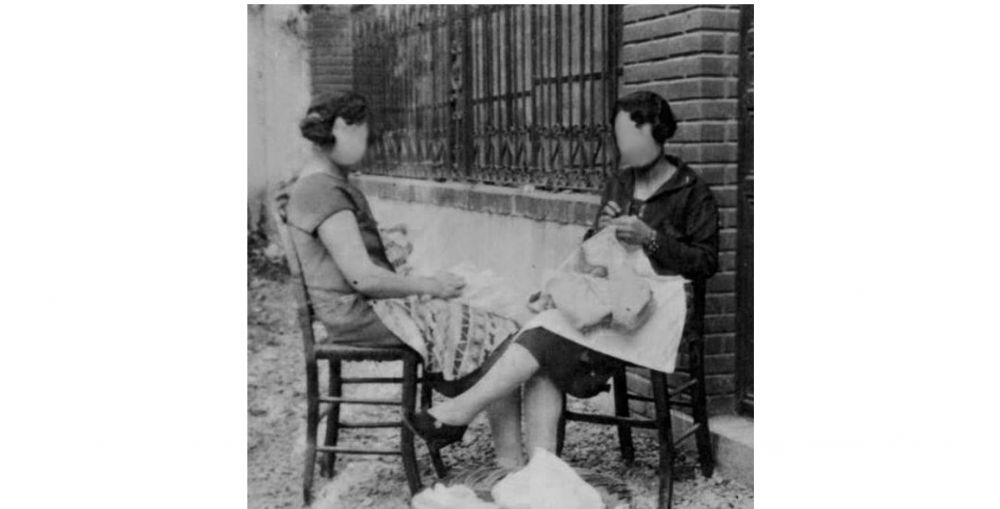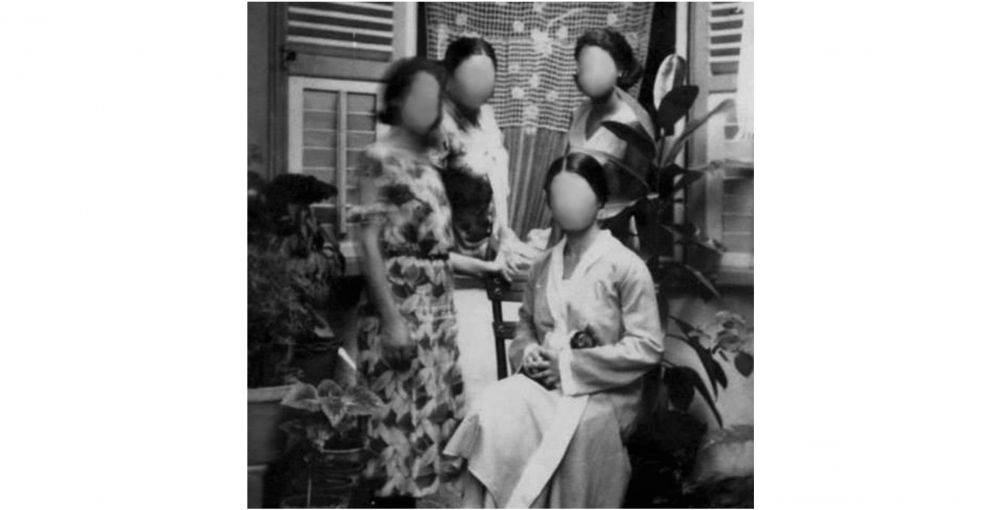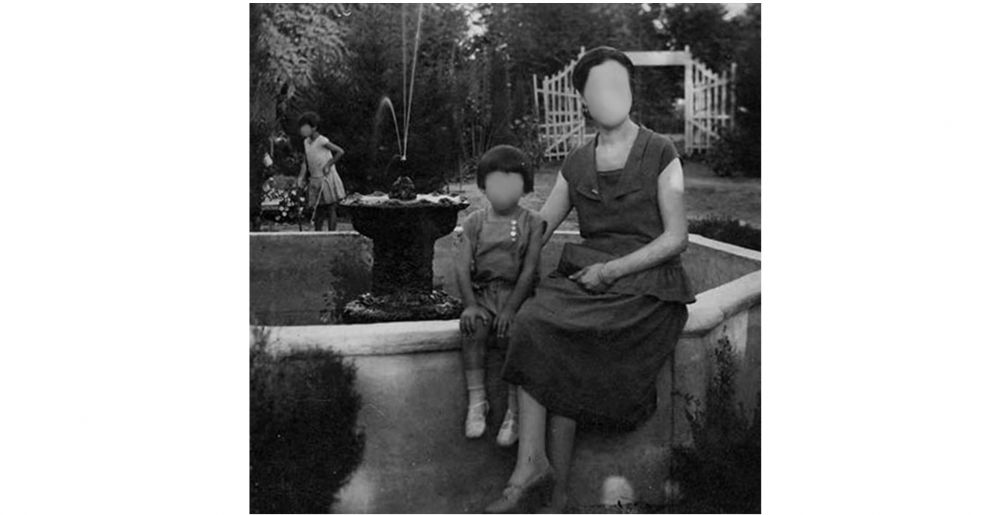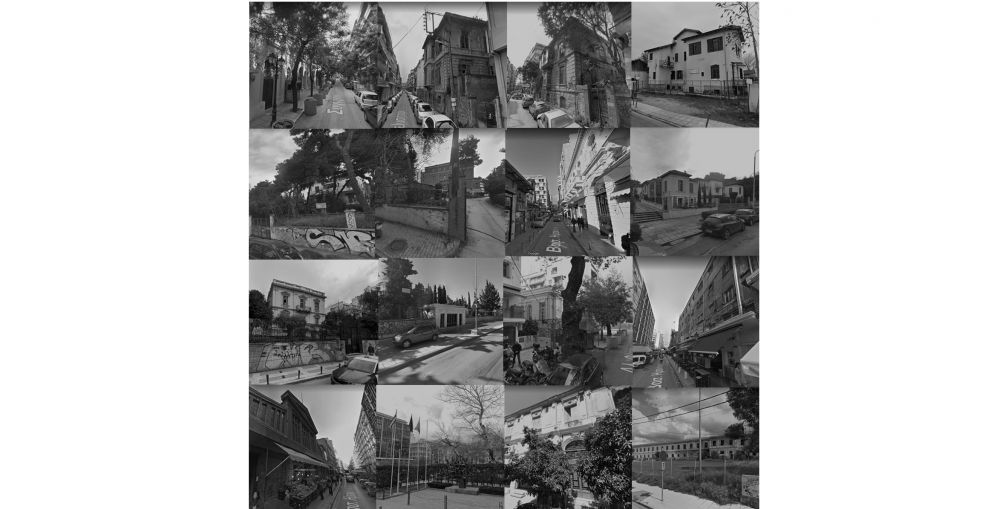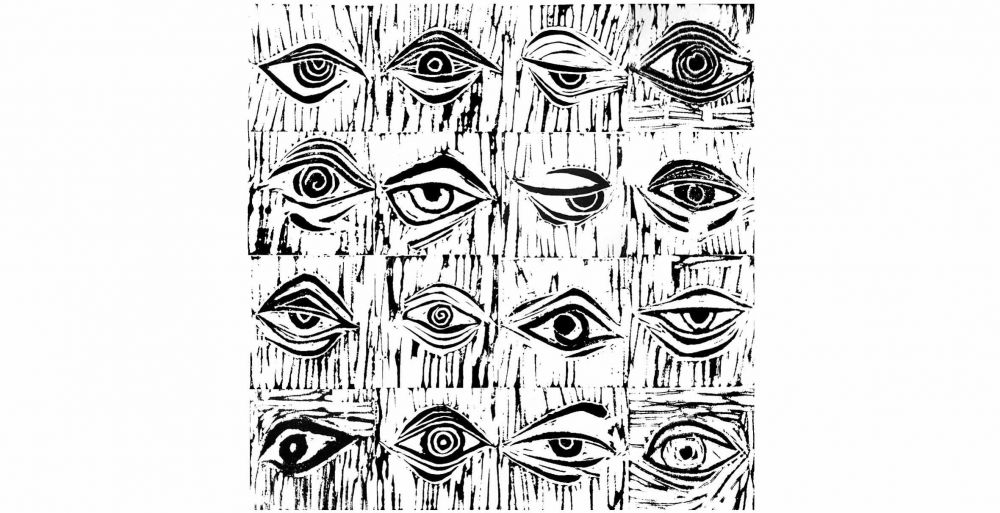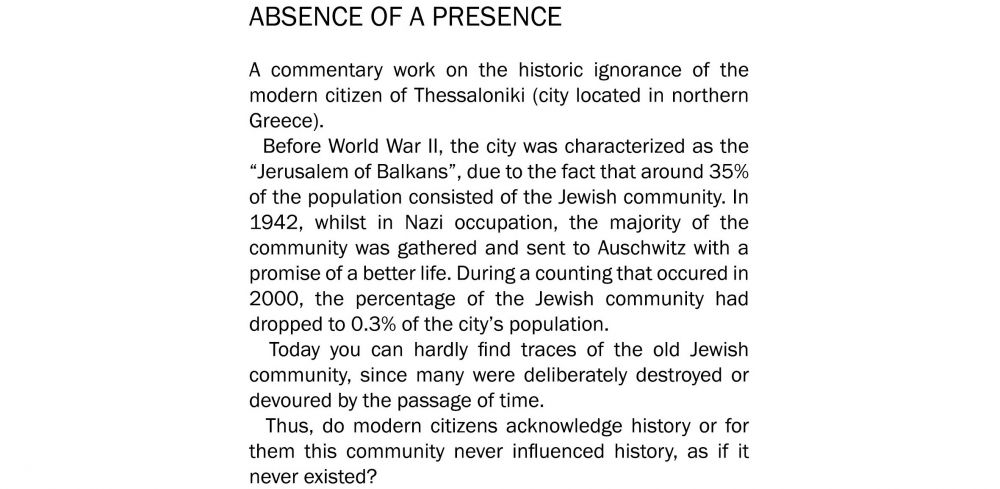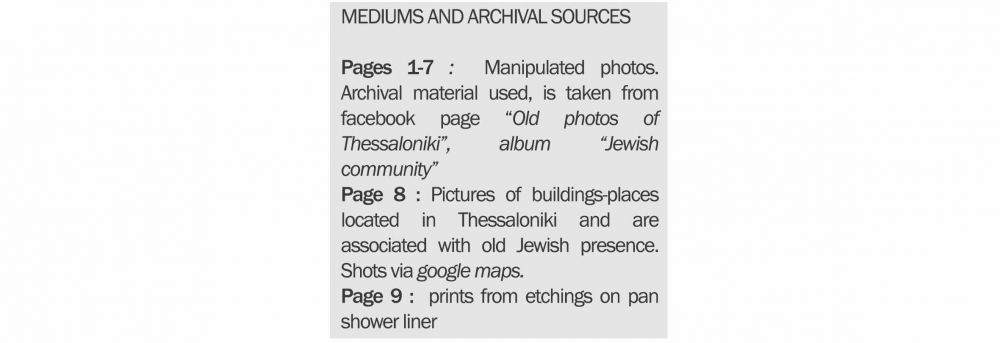In our Call for Applications concerning the workshop and photography competition In Between? – image and memory, we put the following context and question to the candidates:
When state administrative borders are restored and people cannot travel abroad, we would like to encourage young artists to find traces of memory in their immediate neighbourhood, their own towns and districts. What testimonies of unique local history may that new perspective reveal?
Visiting the Debatable Land
By Heather Alder, Scotland
From the author’s introduction to her artwork:
The Anglo-Scottish border has been present in its current form, or thereabouts, since the 11th century, which makes it one of Europe’s oldest steady land borders. (…)
At the start of my project, I analysed views of the borderlands by gathering railway posters of the area from the 1910s–1950s.(…)
The landscape is shaped by the border in these subtle ways, nodding to its history as an independent, lawless region, rather than by the grand border structures imagined in railway posters of the last century. I hope to have shown that the Borders are very much an entity to themselves: they are foreign to English and Scottish outsiders alike.
Find out more and see the artwork here
Absence of the Presence
By Alexia Anastasiadi, Greece
From the description by the author:
A commentary work on the historical ignorance of the modern resident of Thessaloniki (a city in northern Greece).
Before the Second World War, the city was characterised as ‘Jerusalem of the Balkans’ due to the fact that around 35% of its population was Jewish. (…)
Today, one can hardly find traces of the old Jewish community, since they have been destroyed or obliterated by the passage of time.
As a result, do the city’s contemporary residents acknowledge that history or has that community had no impact on local history, as if it had never existed?
I hope you will be fine (t)here
By Bohdana Korohod, Ukraine
This artwork is about an impossible trip to the funeral of the author’s father and another trip through Estonia to commemorate him by planting a hazelnut tree.
From the description by the author:
On 21 August 2020 at 13:00 (EEST), I arrived in Kuressaare on the Estonian island of Saaremaa.
At 13:33 (EEST), I received a phone call from my mother saying: ‘Something terrible has happened. Father has died.’
At 15:40 (EEST), I got on a bus to go back to Viljandi.
At the same time, I was calling the Ukrainian Embassy trying to figure out how and when I could go back to Kyiv amidst the pandemic. There was no guarantee I could return to Estonia again if I left. With all the flights cancelled and new regulations in place, it would have taken me at least four days from that time on to reach Ukraine.
I took part in my father’s funeral on the phone. (…)
Find out more and see the artwork here
2100
By Anna Szejbut, Poland
This work is about climate change and perspectives for human life in the Gdańsk-Sopot-Gdynia area on the Baltic coast.
From the description by the author:
(...) Our children and grandchildren will not grow up in the same environment. It is common knowledge that our world is constantly changing, however this time faster than ever before – we are heading towards the destruction of humankind as we know it.
Following this thought, I have gone through my family albums, thinking about the impending catastrophe. (…)
Find out more and see the artwork here

